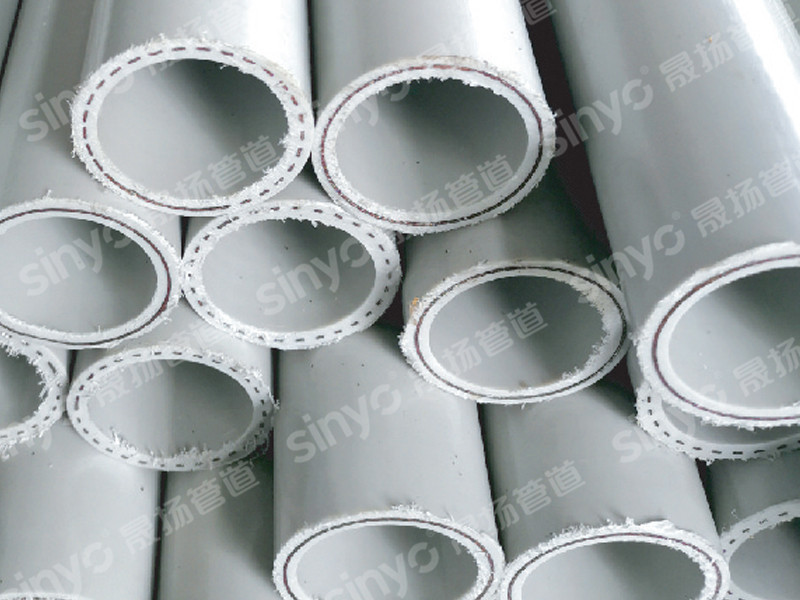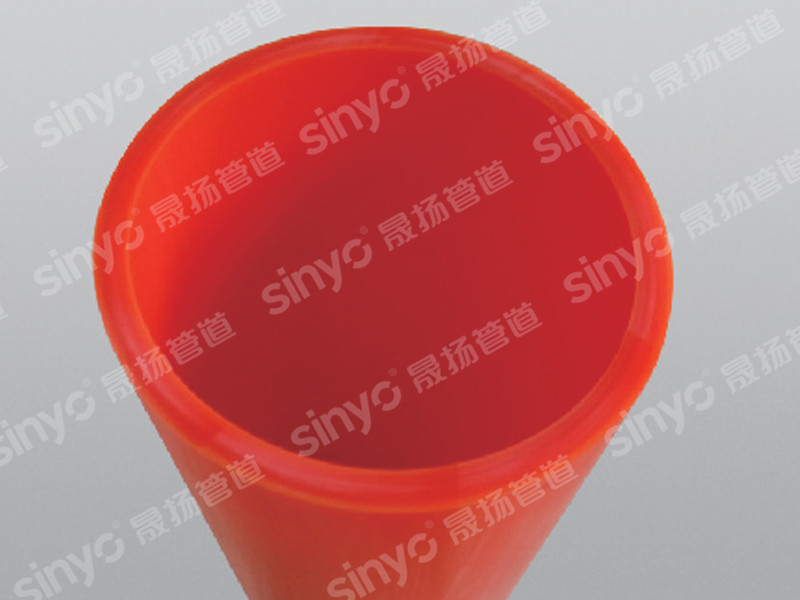Welding precautions for PPR hot and cold water pipes
When heat-fusing PPR water pipes, ensure the pipes are not directly fitted on top of each other. Metal pipes can be connected using flanges. When connecting to a water heater, pipe fittings with metal inserts must be used. Construction must be performed by reliable heat fusion workers to ensure quality. Use specialized tools to cut pipes, ensuring a smooth, burr-free cut. When cleaning the welding area of pipes and fittings, prevent sand and dust from affecting the joint quality. Set the heating head on the fixture to match the size of the pipe to be welded. Turn on the power and allow the heating head to reach the appropriate temperature. Mark the welding depth on the PPR water pipe with a pencil. Insert the pipe and fitting into the welding machine and heat according to the required time. After heating, immediately remove the PPR water pipe and fitting and connect them immediately. If the position is incorrect during the connection of the pipe and fitting, minor adjustments can be made within a certain time, but the rotation angle should not exceed five degrees. After connecting the PPR water pipe, firmly hold the pipe and fitting to allow sufficient time for cooling. Once cooled to a certain extent, release and install the next pipe. Install the entire piping system using the above method. To ensure the quality of PPR water pipes, construction personnel should understand the characteristics of the pipe material and follow relevant technical regulations or technical manual standards during construction. PPR water pipes are plastic pipes, and their rigidity and impact resistance are inferior to metal pipes. Therefore, special attention should be paid to civilized construction, safety production, and finished product protection during winter storage, transportation, construction, and later installation. During construction, prevent improper external forces from causing mechanical damage to the pipes, leaving invisible cracks and hidden safety hazards.
Jun 09,2022
When hot-melting PPR water pipes, note that you should not directly place the fitting on top; for connections with metal pipes, flange connections can be used; when connecting to a water heater, pipe fittings with metal inserts must be used.
During construction, reliable hot-melting workers must be used to ensure the quality of the hot-melting process; use special building materials to cut the pipes, and the cut must be smooth and burr-free. When cleaning the welding areas of pipes and fittings, do not allow sand and dust to affect the quality of the joints.
Set the heating head on the fixture to match the size of the pipe to be welded, turn on the power, and allow the heating head to reach the appropriate temperature. You can use a pencil to mark the welding depth on the PPR water pipe, place the pipe and fittings into the welding machine, and heat according to the required time.
After heating, immediately remove the PPR water pipe and fittings, and immediately connect them. When connecting the pipe and fittings, if the position is incorrect, it can be adjusted slightly within a certain time, but the rotation angle should not exceed five degrees.
After the PPR water pipe is connected, be sure to hold the pipe and fittings firmly with your hands to allow them sufficient time to cool down. After cooling to a certain extent, you can release your hands and then install the pipes below. Install the entire piping system according to the above method.
To ensure the quality of PPR water pipe materials, construction personnel should understand the characteristics of the pipe materials and construct according to relevant technical regulations or technical manual standards. PPR water pipes are plastic pipes, and their rigidity and impact resistance are inferior to metal pipes, so special attention should be paid to civilized construction, safety production, and product protection during winter storage, transportation, construction, and later installation. During construction, prevent improper external forces from causing mechanical damage to the pipes, leaving invisible cracks in the pipes, and laying hidden dangers of accidents.
Related News
Kongwang steel strip polyethylene composite pipe
Kongwang perforated steel belt polyethylene composite pipe is a composite pipe material with a perforated steel pipe welded from cold-rolled steel strip as the reinforcing skeleton and composite thermoplastic plastic. Due to the introduction of the reinforcing skeleton, the pressure resistance of the pipe is significantly improved. Different types and grades of thermoplastic plastics can be used to produce composite pipe materials for different purposes. The perforated steel belt plastic pipes produced by the company are divided into several uses according to their uses: water supply, underground gas, hot water, chemical, and special uses.
Development prospects of large-diameter (large-caliber) pressure pipes
The application of plastic pipes, both domestically and internationally, started with smaller diameters and gradually developed towards larger diameters. (There is no defined definition for large diameter; in this article, large diameter refers to diameters of 800mm and above.) It is worth noting that in recent years, there has been a major international trend towards the development of large-diameter plastic pipes, driven by environmental protection. As is well known, the world is currently facing a battle against climate change, and all countries must bear the responsibility of reducing carbon emissions. In the pipeline industry, there is undoubtedly a need to pay more attention to environmental impact.



